When it comes to cross-country skiing, you’ve got two main styles: classic skiing and skate skiing. Both use different techniques and gear, but there’s a new player in town - Snowfeet* - offering a compact, easy-to-use alternative for skiers. Here’s the quick rundown:
- Classic skis: Long, flexible, and designed for a walking-like motion on groomed tracks. Great for beginners but requires specialized boots and bindings.
- Skate skis: Shorter and stiffer, perfect for a side-to-side skating motion. Faster but harder to learn and needs specific gear.
- Snowfeet*: Compact Nordic skis (as short as 15 inches!) that work with regular winter boots. They’re portable, beginner-friendly, and can handle various terrains - not just groomed trails.
Quick Comparison
| Feature | Classic Skis | Skate Skis | Snowfeet* |
|---|---|---|---|
| Length | 75–85 inches | 71–79 inches | 15–47 inches |
| Footwear Needed | Specialized classic boots | Specialized skate boots | Regular winter or snowboard boots |
| Terrain | Groomed tracks only | Groomed skating lanes only | Any snow surface |
| Learning Curve | Moderate | Steep | Easy |
| Storage/Portability | Bulky, needs roof racks | Bulky, needs roof racks | Compact, fits in a backpack |
Bottom Line: If you’re after speed, go for skate skis. If you prefer a natural, walking-like motion, classic skis are your best bet. But if you want something simple, portable, and beginner-friendly, Snowfeet* offers a fun, flexible option for all kinds of snowy adventures.
Cross-Country Skiing : Classic vs. Skating | Salomon How-To

Design and Equipment Differences
The way classic and skate skis are built says a lot about their intended use. These design differences don’t just affect how they look - they completely change how they perform and feel on the snow. Snowfeet* has taken a fresh approach to cross-country skiing gear, catering to today’s skiers with innovative solutions.
Length, Width, and Stiffness
Classic skis are known for being long and flexible. This design supports the kick-and-glide motion, with a double camber that provides a smooth glide while flattening under your weight for grip.
Skate skis, on the other hand, are built stiff to handle the lateral pushes of skate skiing. They’re also narrower - typically about 44–45 mm wide - which helps with maintaining the V-position and keeps the tips from crossing.
Snowfeet* flips the script with their compact designs. Their 35-inch Nordic skis and 15-inch Mini Ski Skates are a stark contrast to the bulky, traditional options. While brands like Rossignol and Salomon stick to the idea that longer skis are better, Snowfeet* shows that smaller skis can offer better control and maneuverability.
Bindings, Boots, and Poles
Traditional cross-country skiing often comes with a shopping list of specialized gear. Classic skiing requires boots with flexible soles for that kick motion, while skate skiing demands stiffer boots for better lateral support. Both styles rely on binding systems like NNN (New Nordic Norm) or SNS (Salomon Nordic System), meaning you’ll likely need to buy specific boots from well-known brands.
Snowfeet* simplifies things with a universal binding system that works with winter boots, snowboard boots, or even hiking boots you already own. This not only lowers the cost of getting started but also makes the sport more accessible to everyone.
When it comes to poles, traditional skate poles are longer and stiffer to provide powerful pushes, while classic poles are shorter to match the forward stride. Snowfeet* takes a more flexible approach by offering adjustable poles that adapt to different techniques and user heights.
And here’s the kicker: this streamlined gear is also much easier to transport.
Portability and Storage
Traditional skis, with their long frames, can be a headache to store and transport. For instance, trying to fit a pair of Rossignol classic skis into an SUV alongside all the family’s gear can feel like a game of Tetris.
Snowfeet* tackles this issue head-on with their compact designs. Their 35-inch skis fit easily into most cars, and the Mini Ski Skates are small enough to slide into a backpack. This means you can keep them in your trunk and hit the trails whenever the mood strikes.
For people living in apartments in cities like Denver, Seattle, or Minneapolis, Snowfeet* products are a dream. They can be tucked into a closet without taking up much space. Even for air travel, they’re a win - fitting into standard luggage and saving you from oversized baggage fees that traditional skis often rack up.
This level of portability and convenience fits perfectly with fast-paced urban lifestyles. Snowfeet* has reimagined cross-country skiing gear to make it easier, more practical, and way more accessible for today’s skiers. It’s all about making the sport work for you, not the other way around.
Technique and Terrain Use
Your skiing performance hinges on both technique and the terrain you tackle. While classic and skate skiing each have their own unique methods and ideal conditions, Snowfeet* products offer a hybrid experience that combines elements of both styles.
Movement Patterns and Techniques
Classic skiing mimics the natural motion of walking or running. As TrainingPeaks Coach Carrie McCusker describes:
"In classic skiing, the technique is reminiscent of walking - skis remain parallel as the skier alternates arms and legs in a diagonal stride. This motion involves a 'kick' for propulsion, aided by grip wax under the skis, and a 'glide' phase where the skier moves forward. The movement is linear and rhythmical, requiring a balance of technique and strength."
On the other hand, skate skiing is all about side-to-side motion, similar to ice skating. McCusker elaborates:
"In contrast, skate skiing employs a side-to-side motion similar to ice skating. Skiers push off the inside edges of their skis, creating a V-shaped pattern. This style demands continuous, dynamic motion, requiring more vigorous upper and lower body engagement."
Snowfeet* products take a different approach by blending elements of both. According to the Snowfeet team:
"Skiskates are skates for snow, simply put. They are the shortest skis in the world which combine skiing and skating. Skiskating is similar to rollerblading and playing ice hockey. If you know how to do that, you will be a natural!"
This fusion of movement styles makes Snowfeet* a unique option for those seeking versatility and accessibility.
Terrain Compatibility
The type of terrain you’re skiing on also plays a major role in choosing your gear. Classic skis perform best on groomed tracks, narrow trails, or Nordic centers. However, they’re generally limited to flat, prepared surfaces.
Skate skis, meanwhile, require wider, compacted trails or Nordic centers to really shine. Under the right conditions, they can hit speeds of up to 18.6 mph. But finding those ideal trails isn’t always easy.
Here’s where Snowfeet* products stand out. Thanks to their compact design, they work on a wide variety of terrains. Whether you’re on ski slopes, city parks, hiking trails, or even your backyard, Snowfeet* adapts with ease. They handle everything from fresh powder to packed snow and icy patches - no need for constant waxing or perfectly groomed trails.
This flexibility is a game-changer, especially for skiers in the U.S. who don’t live near Nordic centers. Instead of being limited to groomed trails in regions like Vermont or Utah, Snowfeet* lets you explore urban parks, local hills, and anywhere winter conditions allow. It’s skiing without the boundaries.
sbb-itb-17ade95
Skill Level and Accessibility
When deciding between classic skis, skate skis, and Snowfeet* products, it's important to consider how easy each option is to learn and how accessible it is for everyday use. Each has its own appeal, catering to different skill levels and lifestyles.
Learning Curve and Beginner-Friendliness
Classic skiing is often the go-to choice for beginners. Its straightforward, walking-like motion feels natural for most people, which makes it easier to pick up. With just a few sessions on groomed trails, many newcomers find themselves gliding along confidently.
Skate skiing, on the other hand, is a bit more demanding. The V-shaped, side-to-side motion requires good coordination, balance, and a fair amount of upper body strength. For beginners, this dynamic style can feel tricky, often taking weeks of practice to feel steady and in control.
Snowfeet* products bring a fresh twist to learning snow sports. Thanks to their compact design and intuitive skating motion, they’re incredibly beginner-friendly. You can use them with your regular winter or snowboard boots, skipping the need for specialized gear. Many first-timers find they can get the hang of it in just minutes.
What makes Snowfeet* stand out is their versatility. You’re not stuck with one technique - whether you want to carve like a snowboarder, glide like a skier, or skate like a hockey player, their shorter design lets you experiment and create your own style. This flexibility is a big win for families, too. While kids explore and play, adults can focus on refining their moves, making it a fun experience for everyone.
Accessibility for U.S. Consumers
For many American families, traditional skiing gear can feel like a barrier. Between the specialized boots, bindings, poles, and the maintenance supplies, the costs can add up fast - not to mention the storage space required for all that equipment. Plus, classic and skate skiing often depend on access to Nordic centers or groomed trails, which are more common in states like Vermont, New Hampshire, Colorado, and Utah. If you live in a city or southern region, finding suitable terrain can be a real challenge.
This is where Snowfeet* shines. Starting at $250 for the Mini Ski Skates, they’re a more affordable option compared to traditional setups. The fact that they work with your existing winter shoes makes the transition to snow sports easier for casual users.
Snowfeet* products are also incredibly portable. They fit in a backpack, so you don’t have to deal with bulky gear or roof racks for long ski trips. Instead, you can grab your Snowfeet* and head to a local park, a nearby hill, or even enjoy some backyard fun after a snowstorm.
For those with limited storage - like apartment dwellers or families without much space - Snowfeet* are a game-changer. Unlike traditional skis that need dedicated storage like roof racks or ski bags, Snowfeet* can be tucked into a closet, a car trunk, or even carried on winter vacations.
Comparison Table: Classic Skis vs. Skate Skis vs. Snowfeet*

Key Features and Benefits
Here's a quick comparison of classic skis, skate skis, and Snowfeet* to help you decide which fits your needs best.
| Feature | Classic Skis | Skate Skis | Snowfeet* |
|---|---|---|---|
| Length | 75–85 inches (190–215 cm) | 71–79 inches (180–200 cm) | 15–47 inches (38–120 cm) |
| Required Footwear | Specialized classic boots | Specialized skate boots | Regular winter shoes or snowboard boots |
| Terrain Compatibility | Groomed Nordic trails only | Groomed skating lanes only | Works on a variety of snow surfaces |
| Learning Curve | Moderate (natural, walking-like motion) | Steep (requires more coordination) | Easy (intuitive and beginner-friendly) |
| Portability | Needs a roof rack or ski bag | Needs a roof rack or ski bag | Compact - fits in a backpack |
| Storage Space | Requires significant storage space | Requires significant storage space | Minimal - closet-friendly |
| Technique Adaptability | Mainly forward/back striding | Mainly side-to-side skating | Adapts to multiple techniques |
| Speed Potential | Moderate | Faster (15–20% faster than classic skiing) | Varies depending on conditions |
This table highlights the strengths of each option. For example, while skate skiing is about 15–20% faster than classic skiing on groomed trails, Snowfeet* stands out for its unmatched versatility. Unlike traditional skis, Snowfeet* doesn’t tie you to a single technique or specific trail conditions.
Why Snowfeet* Stands Out
Snowfeet* is designed with modern skiers in mind, especially those in the U.S. who deal with limited storage space and unpredictable snow conditions. Traditional skis, which can stretch over 6 feet long, demand significant storage and require specialized gear like classic or skate boots. Plus, they’re limited to groomed trails, making them less practical for urban dwellers or those looking for variety.
Snowfeet* changes the game. They’re lightweight, portable, and easy to store - perfect for anyone short on space. They also work on a wide range of terrains, giving you the freedom to explore beyond groomed tracks. And when it comes to learning, Snowfeet* is much easier to pick up than skate skiing, which, while thrilling, can be tricky for beginners. Classic skiing feels more natural with its walking-like motion, but it’s still restricted to specific trails. Snowfeet* combines simplicity and versatility, making them a great choice for families or anyone new to winter sports.
For those juggling storage constraints and unpredictable snow, Snowfeet* offers a practical, adaptable solution that traditional skis just can’t match.
Conclusion: Finding the Right Fit
Deciding between classic skis, skate skis, and Snowfeet* comes down to what suits your winter sports style. Classic skis mimic a natural stride but need groomed trails, while skate skis offer speed and a dynamic technique - though they require coordination and specialized gear. Snowfeet*, on the other hand, break away from these constraints with their compact design and ability to handle multiple terrains.
At just 15 to 47 inches long, Snowfeet* are small enough to fit in a backpack. They work with regular winter boots or snowboard boots and adapt to nearly any snowy surface. You’re not tied to specific trails or techniques, which is a game-changer for U.S. skiers who deal with unpredictable snow conditions or limited access to groomed trails.
Learning curves also vary. While mastering classic or skate skiing can take weeks, Snowfeet* are beginner-friendly - you can start enjoying them within minutes. This makes them a fantastic option for families, casual adventurers, or anyone who wants to skip the steep learning curve of traditional skiing.
Why Snowfeet* Stands Out
When you stack them up against traditional skis, Snowfeet* shine in terms of simplicity and flexibility. They address practical issues that brands like Rossignol, Salomon, and Fischer often overlook with their longer, bulkier designs.
No need for roof racks or oversized ski bags - Snowfeet* are easy to store and transport. And while classic and skate skis limit you to specific trails, Snowfeet* thrive across groomed runs, backcountry paths, hiking trails, and even your own backyard.
Then there’s the cost. Traditional skiing often means investing in skis, specialized boots, poles, bindings, and trail passes - not to mention the hassle of storing all that gear. Snowfeet* work with what you already own, making them a more practical choice for skiers in the U.S. dealing with inconsistent snow and tight storage spaces. Snowfeet* bring fun, accessibility, and a modern twist to winter sports, all without the usual headaches.
FAQs
Why are Snowfeet* a better choice for urban skiers compared to traditional classic or skate skis?
Snowfeet* offer a fresh twist on winter sports, especially for those navigating city life. Their small, lightweight design makes them super easy to carry around, stash in a bag, or toss in your car. Whether you're heading to a local park or a nearby trail, they’re a hassle-free option compared to traditional skis, which can feel like you're lugging around a small tree. Plus, they strap right onto your winter shoes or snowboard boots - no extra gear required.
What’s cool about Snowfeet* is their flexibility. They work on all kinds of surfaces - city streets, cross-country trails, and even ski slopes. This means you’re not stuck waiting for a trip to a big ski resort. Snowfeet* let you turn any snowy spot into your personal playground, making them a great pick for urban explorers who want to keep things simple and fun in the snow.
How does learning to use Snowfeet* compare to learning classic or skate skiing for beginners?
Snowfeet* are built with beginners in mind, making them much easier to pick up than traditional skis. Classic and skate skiing often require learning tricky techniques, but Snowfeet* keep things simple. Their design focuses on natural movements, helping newcomers feel at ease on the slopes in no time.
Thanks to their small size and lightweight build, Snowfeet* are super easy to control. This makes them a great option for anyone just starting out with winter sports. Whether you're gliding along groomed trails or testing out different types of terrain, Snowfeet* offer a fun and accessible way to enjoy the snow - without the intimidating learning curve of regular skis.
Can Snowfeet* Nordic skis handle different types of snow and perform well in various conditions?
Snowfeet* Nordic skis are built to handle a variety of snow surfaces with ease. Whether you're cruising along groomed trails or venturing into light backcountry terrain, these skis are up for the challenge.
What sets them apart is their thoughtful design, which delivers solid control and stability across different snow conditions - whether you're on packed snow or gliding through soft, untouched powder. Plus, their compact size and lightweight construction make them much easier to handle than traditional skis. This means you get a smoother, more fun ride, no matter where your adventure takes you.







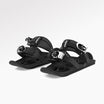
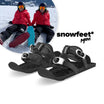
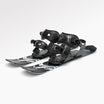
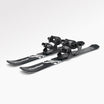

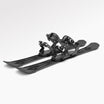

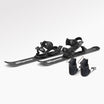













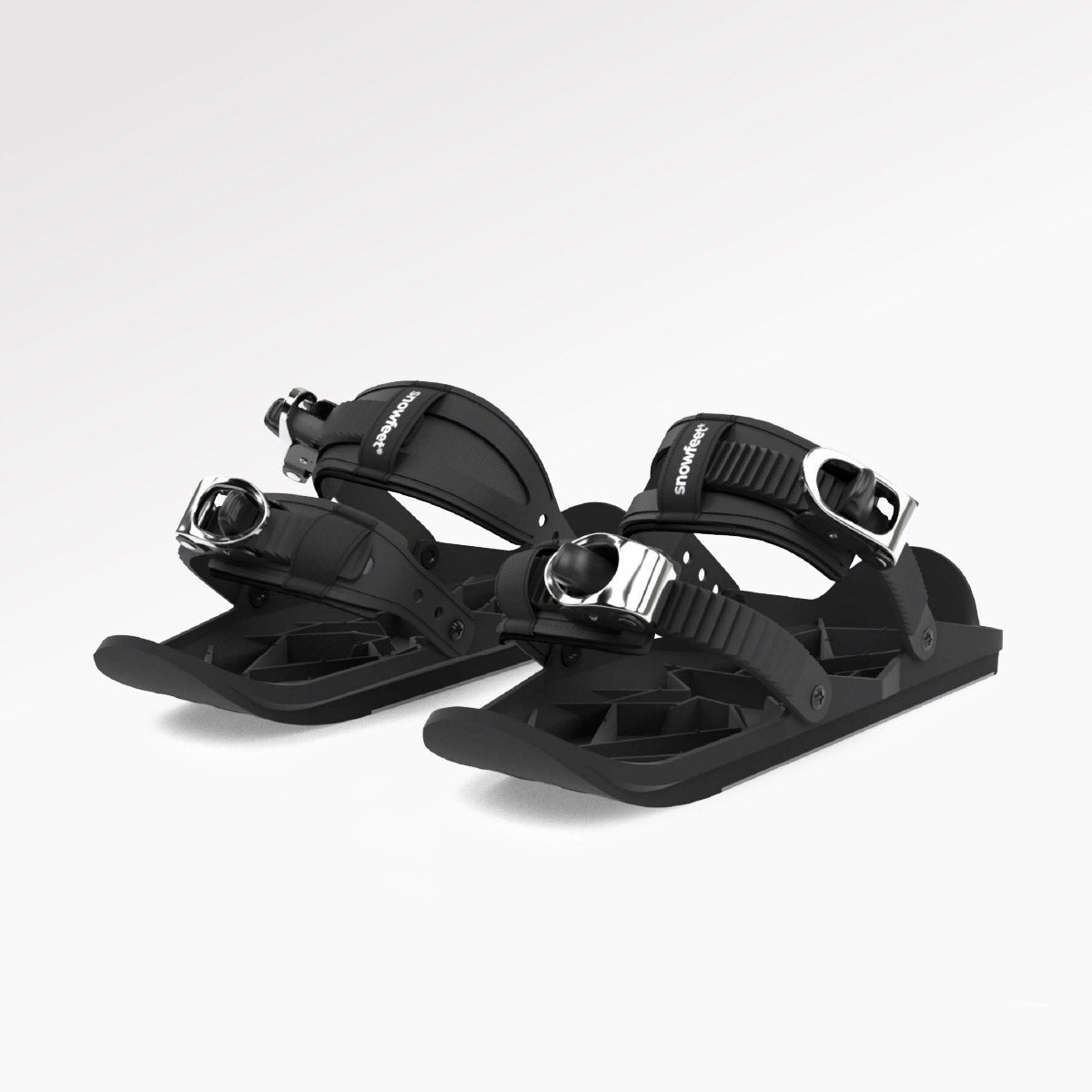
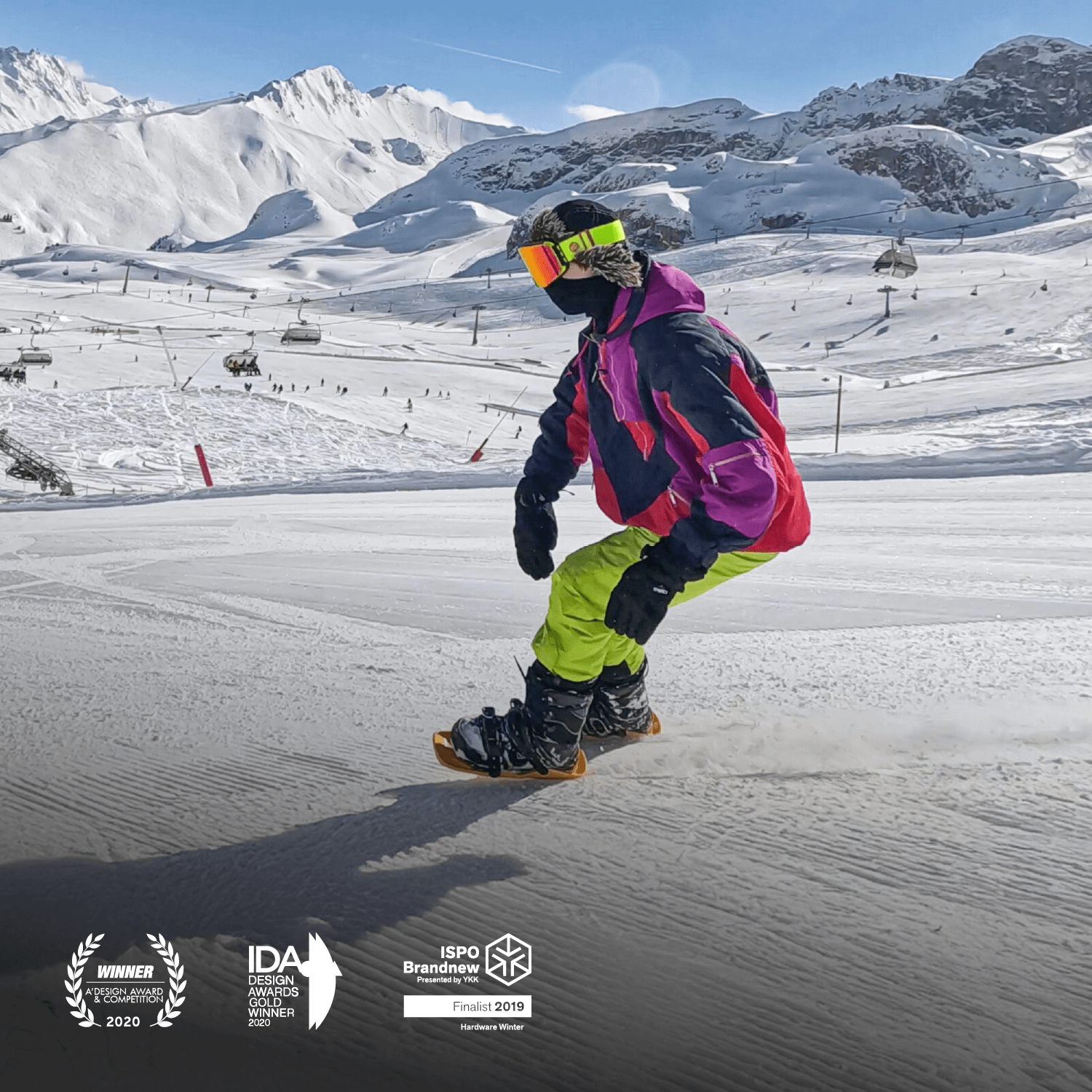
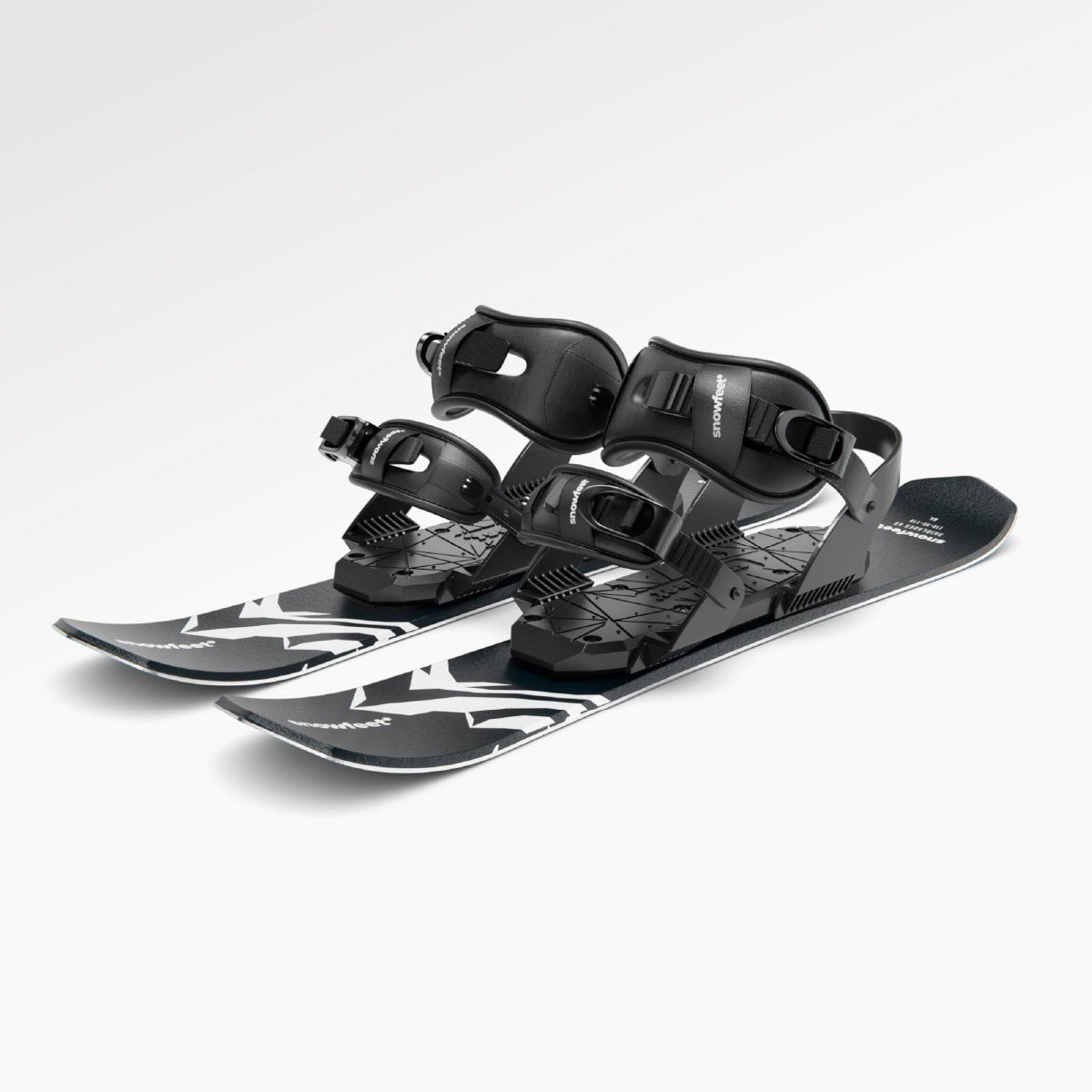

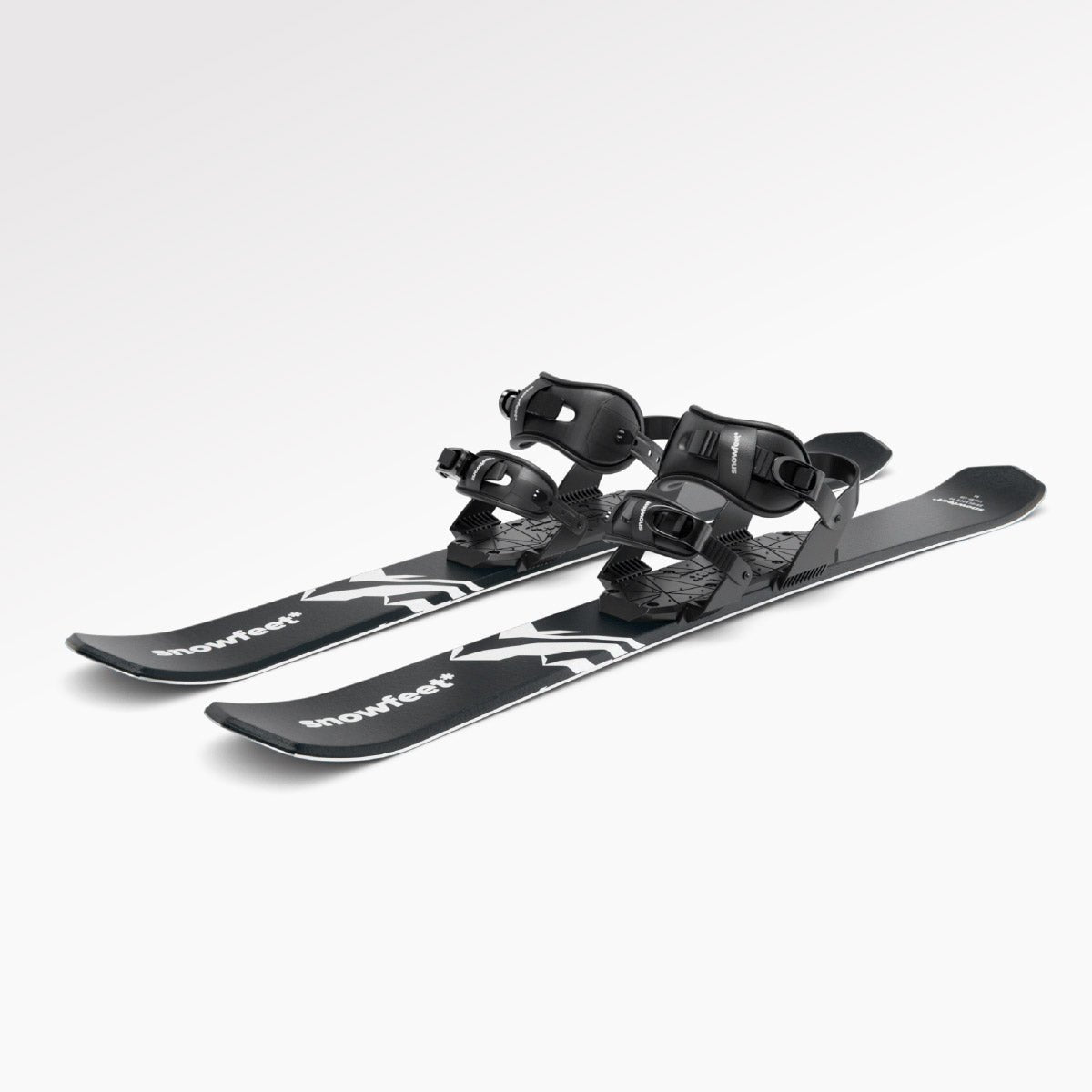

Deja un comentario
Este sitio está protegido por hCaptcha y se aplican la Política de privacidad de hCaptcha y los Términos del servicio.